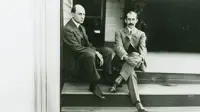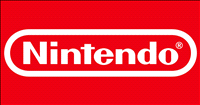Yahoo!: The first king of the internet
By Aniket Gupta | 01 Dec 2023
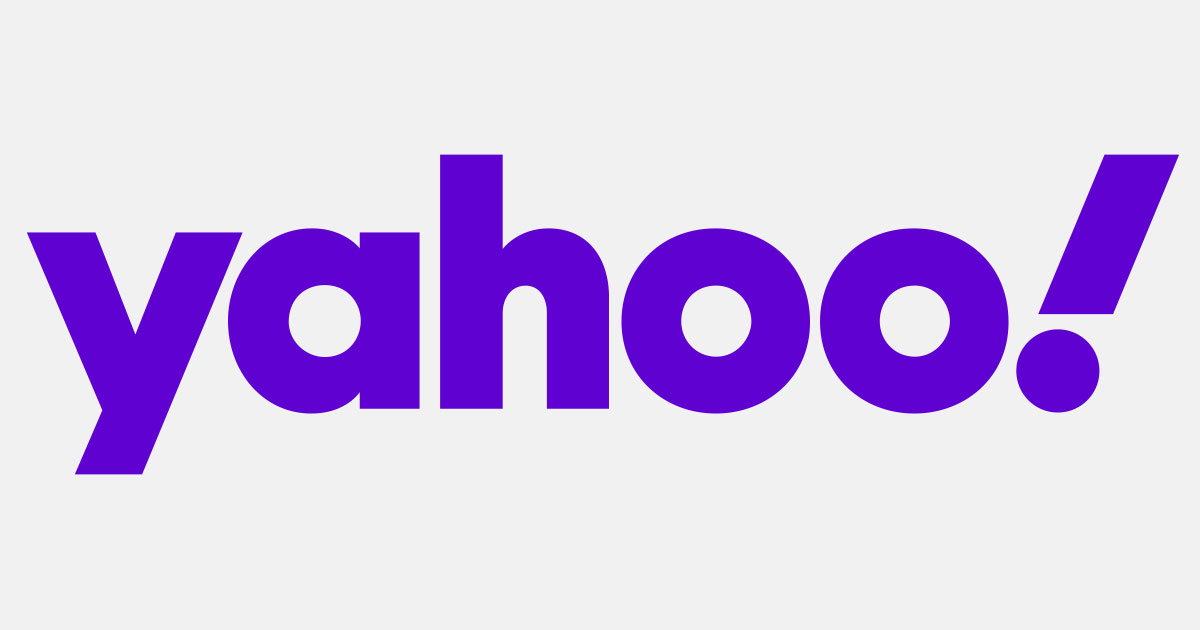
The year is 1994. You go to the internet to search for a particular website, but there is no Google that can be used to search your desired website. What do you do? The answer is that you use Yahoo.
No, it is not just a weird name that means a rude, noisy, or violent person, a ruffian, a thug, a hooligan, a vandal, a rowdy person. Those are the dictionary meanings of the word. The word also meant an expression of great joy or excitement.
Those who have seen the Hindi movie Junglee, starring Shammi Kapoor, or were young during the 1960s, will remember the actor’s loud scream, “Yahoo! Chaahe koi mujhe jungle kahe! Kahta hai to kahta rahey!” (Yahoo! I don’t care if people call me a hooligan! Let them keep calling me that!)
So long before Google came on the scene, there was a search engine called Yahoo!, which became the undisputed king of the internet at the time.
This article will explore the story of ‘Yahoo!’ or just ‘Yahoo’, how it started, how it grew to become one of the biggest internet companies ever, how it fell from its throne, and what business lessons we can learn from the case of Yahoo and apply to our own businesses.
Birth of Yahoo
Yahoo was started by two college students, Jerry Yang and David Filo, in their dorm. They wanted to create a directory that would lead them to all their favorite websites. In January 1994, David and Jerry created this directory and started calling it ‘Jerry and David’s Guide to the World Wide Web’.

In the same year, a company called Netscape created a web browser named Navigator. Netscape had put a link to Jerry and David’s Guide to the World Wide Web on top of their browser so people could find their required website with ease. This move increased the traffic to their directory. To accommodate the surge in traffic to their directory, Jerry and David needed more servers.
This was when Jerry and David decided to convert their casual venture into a proper business. They needed to make some strategic decisions to grow their business and conquer the new world of the internet.
The first decision was to give a proper name to their company. They wanted a fun, light, and catchy name and, while going through a dictionary, they stumbled upon ‘Yahoo!’. Jerry and David thought this name would suit their company perfectly, and in March 1994, they renamed their directory website Yahoo.
Yahoo officially asserts that their name stands for ‘Yet Another Hierarchical Officious Oracle’; but in reality, the name Yahoo predates the creation of this peculiar full form, which was conceived later on.
Rise of Yahoo
The next step was to figure out a way to earn money through their company. This was actually not very hard for them. In the 1990s, people were very new to the world of the internet, and Yahoo acted as an entry point to the internet. Yahoo was very user-friendly, and got a lot of traffic on their site.
For this reason, many independent websites were ready to pay loads of money to Yahoo to put their advertisement banners on Yahoo’s web pages. Yahoo started earning good money through these ads.
Then Yahoo had a brainwave. They realized they could track user data and figure out which categories people were most interested in. This information would help them create stuff users wanted the most. Services and products such as chatrooms, shopping, file sharing, games, sports, finance, etc. Yahoo figured that having a diverse range of services and products on their website would increase clicks and traffic and, hence, increase the scope of more advertisements.
The company rapidly created new products and hired more people to make teams that would run those products. It appointed heads for each product division. And thus it began to grow big, housing many different divisions under one giant umbrella.
By the year 2000, Yahoo had 400 different products, and they had a market cap of $128 billion. Yahoo had started out as a web directory for the internet, and within six years of its launch, it had become almost synonymous with the internet. Yahoo was not just the fastest-growing company in the world; it was also one of the largest internet company in the world.
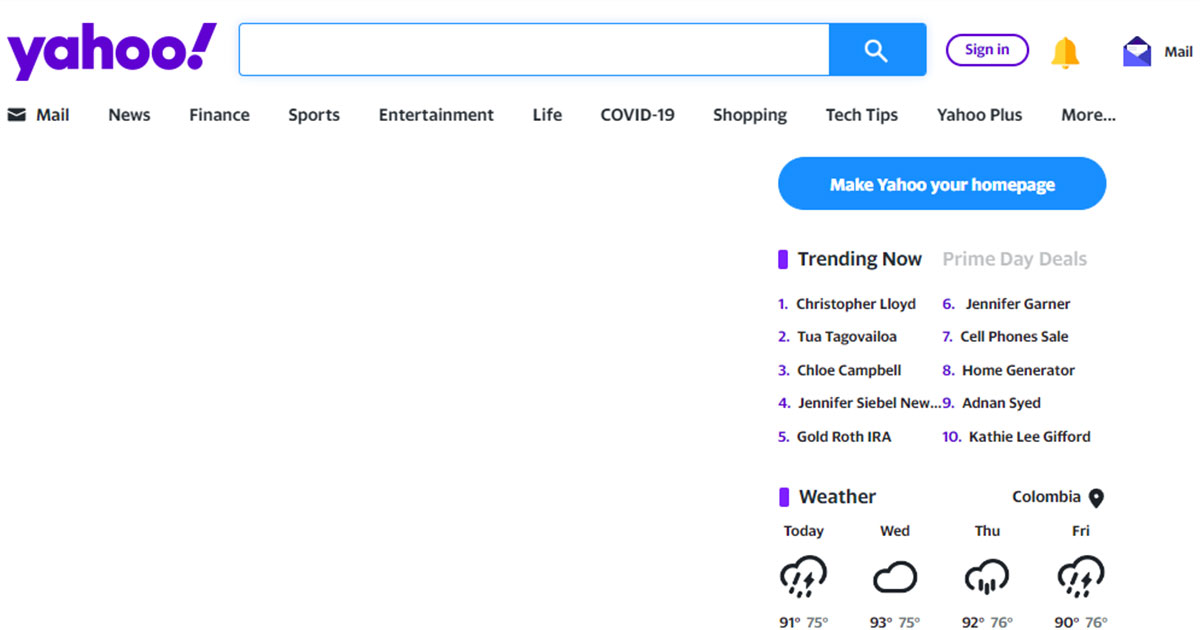
Yahoo used to provide many diverse services to its users. It still actively provides some of these services, though most of them have been closed down.
Some of these services were:
- Communications: Yahoo provides internet communication services such as Yahoo Mail and Yahoo Messenger. In the mid-2000s, Yahoo also provided social media services such as My Web, Yahoo Personals, Yahoo Photos, Yahoo Buzz, and Yahoo 360°.
- Content: Yahoo also had many diverse products, such as Yahoo Sports, Yahoo Weather, Yahoo Music, Yahoo Games, Yahoo News, etc.
- Mobile services: Yahoo had also launched Yahoo Mobile, which offers services for email, instant messaging, and mobile blogging. They also provided information services, searches, and alerts.
- Commerce: Yahoo had launched Yahoo shopping, Yahoo travel, Yahoo real estate, etc.
There were many more services provided by Yahoo.
At the turn of the 21st century, Yahoo was at its peak and had the potential to grow even more. Then, when it started to look like nothing could go wrong with Yahoo, the cracks started to appear.
The fall of Yahoo
In 1998, two aspiring student entrepreneurs came to Yahoo in hopes of selling their business for $1 million. Yahoo, at the time, was too focused on diversifying its business and rejected this offer. Little did Yahoo know that the business proposition they were rejecting would one day become the largest company in the world. Yes, the company they rejected was none other than Google.
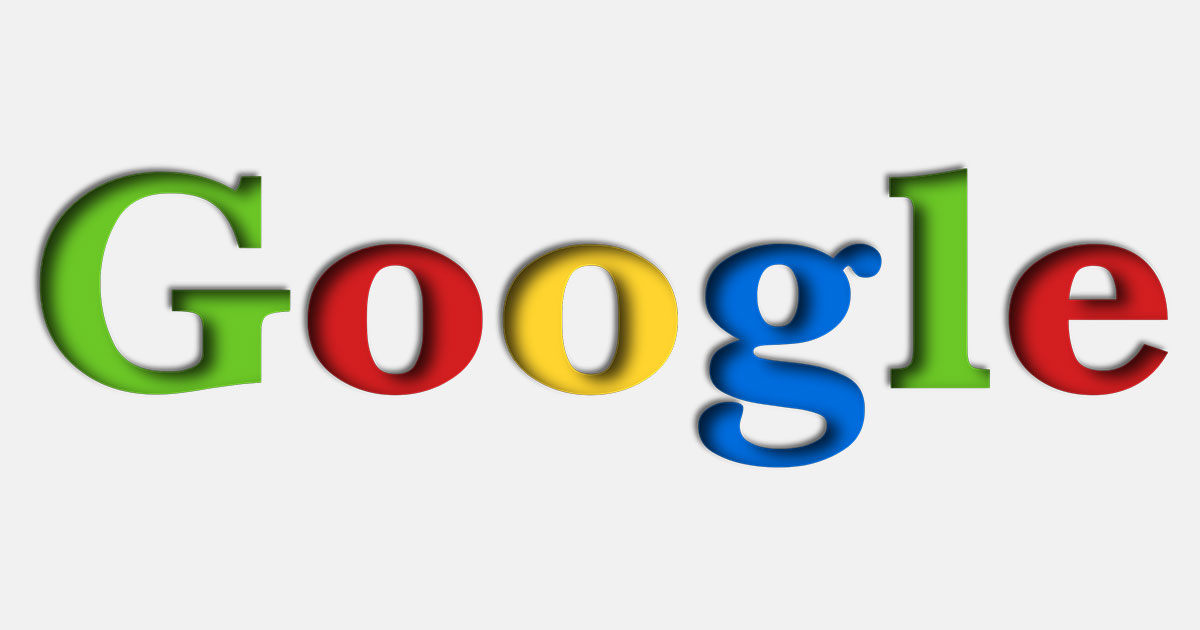
In 1998, Google had just been founded, its founders needed funds, and the firm had tremendous potential to grow. Yahoo failed to recognize that potential.
In October 2002, the dot-com bubble burst. Many dot-com companies or companies that used the internet to conduct their business went bankrupt. Yahoo was also affected by this, and its investors lost confidence in the company. Many companies that used Yahoo to advertise started pulling out their advertisements, thereby cutting a significant portion of Yahoo’s revenues.
Another major obstacle faced by Yahoo was Google. In Yahoo’s original business, its directory had to be manually updated for every new site that entered the internet. It became almost impossible for Yahoo to keep track of all the new websites entering the internet. Google, on the other hand, had created Google Search, which was much more efficient and helpful than Yahoo Directory.
Yahoo decided to strike a licensing deal with Google that would enable them to integrate Google search into Yahoo’s website. So rather than going to Google directly, people would now come to Yahoo’s website in order to use Google search. This deal looked good on the surface, but that was just about it. In the long run, this deal would benefit Google more than Yahoo. Google had grown quite popular, and many Yahoo users also loved Google. With the help of this deal, Google started getting free publicity from Yahoo.
Meanwhile Google had created an algorithm that matched advertisements to searches. So you got ads for products or services that were relevant to your search. This made Google even more profitable, and it struck deals with other big internet companies, for example, becoming the default homepage of the Firefox web browser.
All of a sudden, Google found itself in an exceptionally influential position. The profitability and effectiveness of its search ad business meant that the more money Google invested in promoting its search engine, the greater the profits it generated from search ads. In contrast, Yahoo’s banner ads were far less effective and lucrative, resulting in much smaller profit margins for advertisers. This discrepancy led advertisers to shift their marketing budgets from Yahoo to Google.
In 2002, Yahoo went back to Google to acquire them. This time, Google demanded $1 billion. Yahoo eventually agreed to this, but by that point, Google had upped the price to $3 billion and then $5 billion. Yahoo walked away from the deal and removed Google from its website. It created its own search engine and started competing directly with Google.
Unfortunately for Yahoo, it didn’t score very well in this search engine war with Google, and it soon became clear that it needed to shift its attention to other services.
Yahoo had one massive opportunity to turn its fortune in 2006. Social media had started to gain popularity, and Yahoo had the opportunity to buy one such social media platform. It was called Facebook.
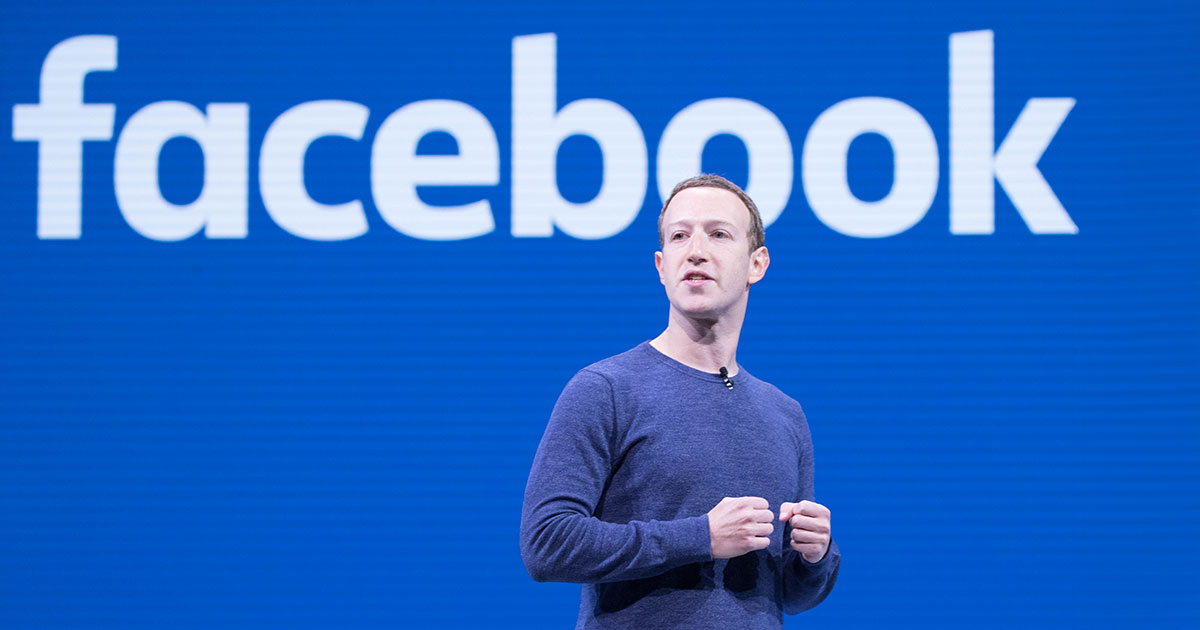
This time, Yahoo was more careful in evaluating the company’s potential and decided to offer Facebook $1 billion for the company. Mark Zuckerberg, founder of Facebook, was not interested in selling his company but was forced by his board to do so.
During the final round of negotiations, Yahoo tried to play smart, offering Facebook only $850 million. Facebook felt cheated by this dirty tactic used by Yahoo, and decided to walk away from the deal. And hence, Yahoo lost another golden opportunity to buy a company that later went on to become one of the biggest in the world.
Yahoo also erred in the other direction. Over the years, the company made some very expensive acquisitions that turned out to be failures. For example, in 1999, Yahoo acquired broadcast.com for $5.7 billion. Then it bought Flickr in 2005 for $25 million and Tumblr in 2013 for $1.1 billion.
On the other hand, it missed out on some lucrative acquisitions, such as eBay and YouTube. Reflecting on these errors is easy in hindsight. But when Yahoo had the chance, these companies were merely small enterprises among numerous others.
It’s also important to recognize that, even had Yahoo acquired Google, Facebook, and eBay, success was by no means assured for these ventures.
Why did Yahoo fail?
There were several factors behind the downfall of Yahoo, but the most important among them was its internal operations.
In 2006, Brad Garlinghouse, a senior vice president at Yahoo, wrote a memo that later came to be known as the ‘Peanut Butter Manifesto’. In this memo, he argued that Yahoo was spreading its resources too thin, like peanut butter is spread on a slice of bread. He said Yahoo was trying to focus on many different things, thus focusing on nothing in particular. He even pointed out several strategic mistakes committed by Yahoo and provided various solutions to rectify those mistakes.
.jpg)
In the memo, Garlinghouse said that one of the biggest problems at Yahoo was the lack of clarity of ownership and a unified vision. Employees at Yahoo were confused about exactly what the company was and what they were trying to do.
As mentioned earlier, Yahoo had created several small divisions and appointed leaders to head them. Due to this, the top management was not able to convey its vision adequately to every leader of every division. Garlinghouse provided a solution to this, stating that Yahoo needs to reorganize its internal ownership model and create a unique overall vision that would be shared by each and every employee.
Yahoo’s lack of proper vision and direction could be attributed to its constant change in CEOs. In 2007, Terry Semmel was CEO. Then, from 2007 to 2009, Jerry Yang, the original founder, took over. From 2009 to 2011, Carol Bartz was appointed as the CEO, then Scott Thompson took over and lasted just the first half of 2012, before Marissa Meyer came in during the summer of 2012. During this time, it was also reported that Yahoo had changed its mission statement at least 24 times, which meant that even the top management did not know what Yahoo’s plan or vision actually were.
All these were genuine reasons for Yahoo’s downfall, but the real reason comes down to a lack of a clear purpose. When Yahoo was founded, it genuinely solved a major problem: making internet access easier for users through the Yahoo directory. But as the system of search took over, the use of directories faded away.
Since then, Yahoo has never truly found its purpose. It became a classic case of jack of all trades, master of none. It tried to do many things and was no longer a leading company in anything. Every one of its products and services got beaten by a better alternative: Amazon was better than Yahoo Shipping, WhatsApp was better than Yahoo Messenger, Gmail was better than Yahoo Mail, and Quora was better than Yahoo Answers.
Yahoo even underestimated the potential of mobile internet and hence did not work properly on its app development. This meant that even some of its most popular services, such as Yahoo Mail, lost users to the Gmail mobile app.
Yahoo got another opportunity to turn its fortunes around in 2008 when Microsoft offered to buy it for $44 billion. Yahoo rejected this proposition, arguing that it was undervalued by Microsoft.
Yahoo would regret this decision soon enough. Its value fell to about $14 billion after some months.
Finally, in 2017, Yahoo was acquired by Verizon for $4.48 billion, which is about one-tenth of what Facebook had offered it all those years ago.
As of 2021, Yahoo is 90% owned by Apollo Global Management and 10% by Verizon Communications.
Yahoo still makes money from some of its products, such as Yahoo Mail. It still gets a decent amount of traffic on Yahoo Mail, but that’s mainly from people who set up their email addresses with it years ago and just haven’t updated to an alternative yet.
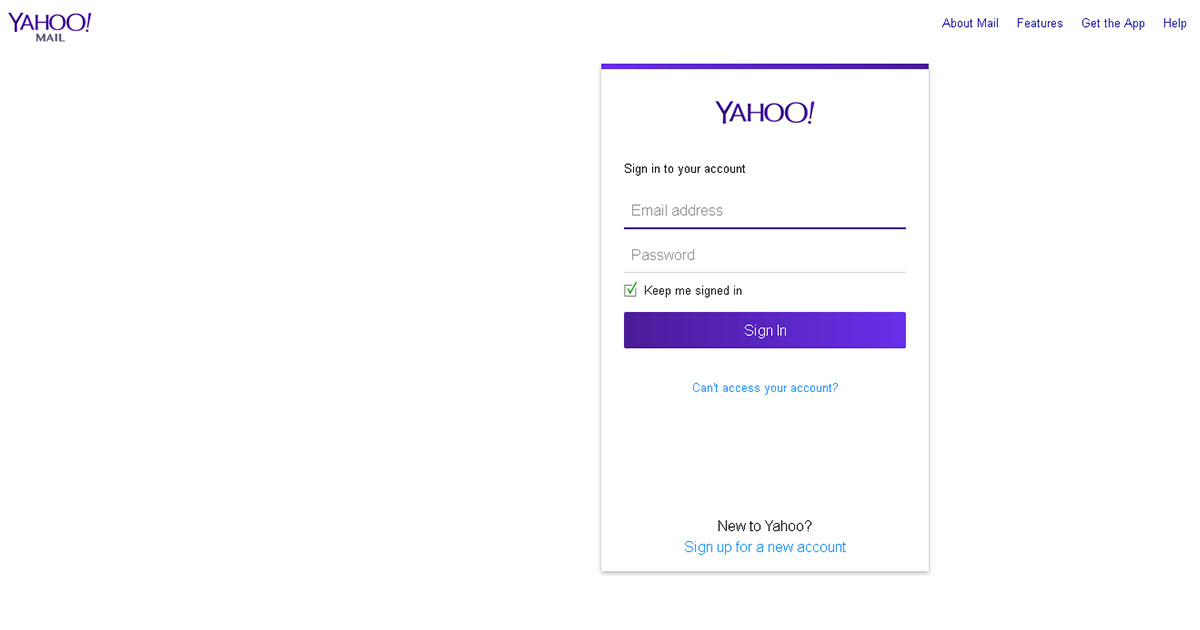
Some business lessons
Yahoo grew rapidly during its initial years, but as time passed and competition entered the market, Yahoo could not maintain its growth. One very important lesson we can learn from Yahoo is that it is necessary to identify market trends early and capitalize on them.
There is a very famous proverb that describes the state of Yahoo. It states that when the tide is high, the fish eat the ants, and when the tide is low, the ants eat the fish. In the case of Yahoo, it was were never able to identify when the tide was high and when it was low.
It seems almost impossible to see Yahoo returning to its peak, not without some radical innovation or miracle, at least.




